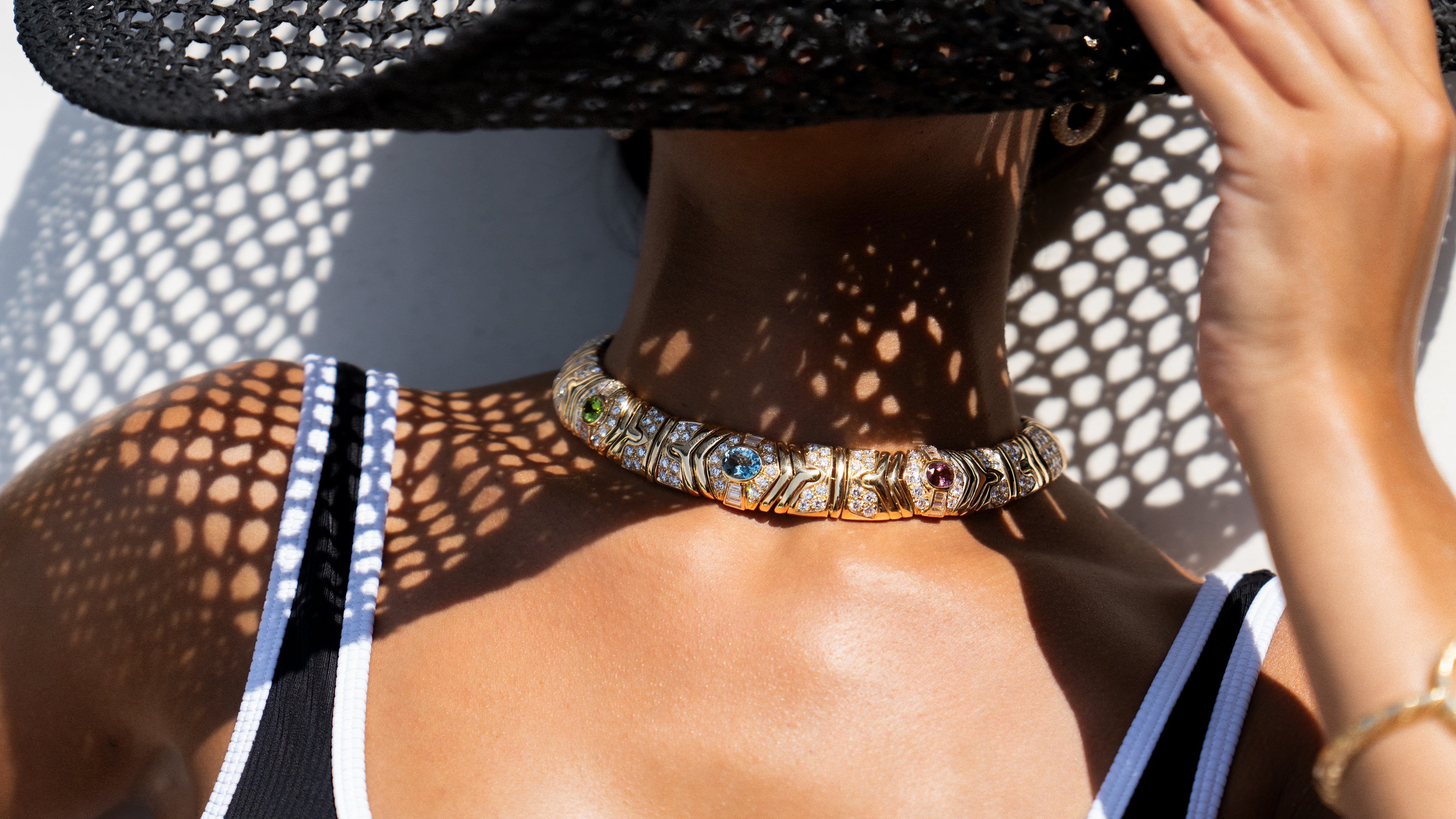Marsh & Company
What happens when an Australian with a penchant for Japanese art pairs up with an Italian jeweler who has a thing for shotguns?
But First…
George Turner Marsh was born in Richmond, Australia, on the outskirts of Melbourne. His family immigrated to the United States when he was 15. On the way to America, the boat stopped in Japan. G.T. Marsh quickly fell in love with the country and its art and traditions and persuaded his parents to let him spend some time there. Once his father found him employment with a tea import/export firm in Yokohama, matters were settled, and Marsh ultimately spent several years in the Land of the Rising Sun.
His parents welcomed him home to San Francisco, California, in 1876, where he set up his eponymous company. Billed as: G.T. Marsh & Company: Japanese Art Repository, the shop opened at 625 Market Street at the Palace Hotel, a location at which the business remained until the 1906 San Francisco fire and earthquake destroyed the building.
For the first 40+ years, Marsh & Company specialized in Japanese, then also Chinese, antiques, and art. Given the number of Asian immigrants at that time, his choice was fortuitous. Fine art, antiques, works of art, and textiles were the store’s stock in trade, and Marsh enjoyed success as the West embraced Japanese culture and became ever more fascinated with all things from the East. As someone who was himself enamored of the foreign culture, Marsh was happy to share his enthusiasm for Asia with his clientele.
As his experience and success increased, branches of the business appeared in other California locations, including Los Angeles, Santa Barbara, Coronado, and Monterey – where a landmark store in the Marsh Building opened in 1927.
The Italian Connection
It wasn’t until the 1920s when the firm decided to try its hand at making their own unique brand of jewelry. In the 1930s, an Italian born jeweler arrived who would move the jewelry designs in a new direction. He had a passion for metallurgy and also shotguns. These passions led him to experiment with metals and techniques used to resist rusting. Ultimately, he came up with a process of sandblasting the metal and bluing it, creating a distinctive matte finish that beautifully contrasted with gold and colorful gemstones.
Marsh’s passion for Asian art and jewelry was such that he would include a note with a particular item, explaining the inspiration for the piece and tying it to an ancient myth or legend.
Marsh’s most distinctive jewelry combinations paired oxidized steel with ancient Asian materials such as jade, pearl, and coral. Other gemstones and materials, such as diamonds, platinum, and gold, gave the pieces further dimension and uniqueness. While the pieces are not signed or stamped, their distinctive look makes possible the identification of these rare and valuable designs.
In 1932, at the age of 75, George Turner Marsh died in a tragic car accident that also injured his granddaughter. The business continued with his sons, remaining in family hands until the doors closed for good in 2001.
A San Francisco Pioneer
George Turner Marsh thought the rolling sand dunes of his new home resembled those of the Melbourne suburb of Richmond, where he was born. He named his own home the Richmond House, a name that was picked up and used throughout the neighborhood. In 1917, the city tried to change the name of the area to “Park-Presidio,” but it never caught on. Which is why the area to this day is referred to as the “Richmond District.”
Japanese Village Exhibition
For the 1894 California Midwinter International Exposition in Golden Gate Park, George Turner Marsh conceived and designed the Japanese Village Exhibition. When the Exposition ended, a wealthy Japanese landscaper by the name of Makoto Hagiwara transformed the space into what has become the oldest public Japanese garden in the United States. Now known as the Japanese Tea Garden, it encompasses approximately five acres, featuring typical plantings, pond, and structural elements that include bridges and gates.
A generous six-carat opal featured in an Art Deco ring setting of handmade platinum was crafted in the 1920s. Believed to be one of the earliest known surviving Marsh & Company jewels, the filigree style ring also featured transitional-cut diamonds that appeared next to each of the doubled prongs. Two single cut diamonds flanked the stone on each shoulder.
A breathtaking ring, showcasing a pair of light cream cultured pearls set above and below a stainless steel band of blackened steel, was decorated with lines of sparkling diamonds set in platinum.
An Art Deco bracelet comprised of carved and cabochon jade, beautifully segmented by platinum and steel swirls, was decorated with brilliant-cut diamonds.
